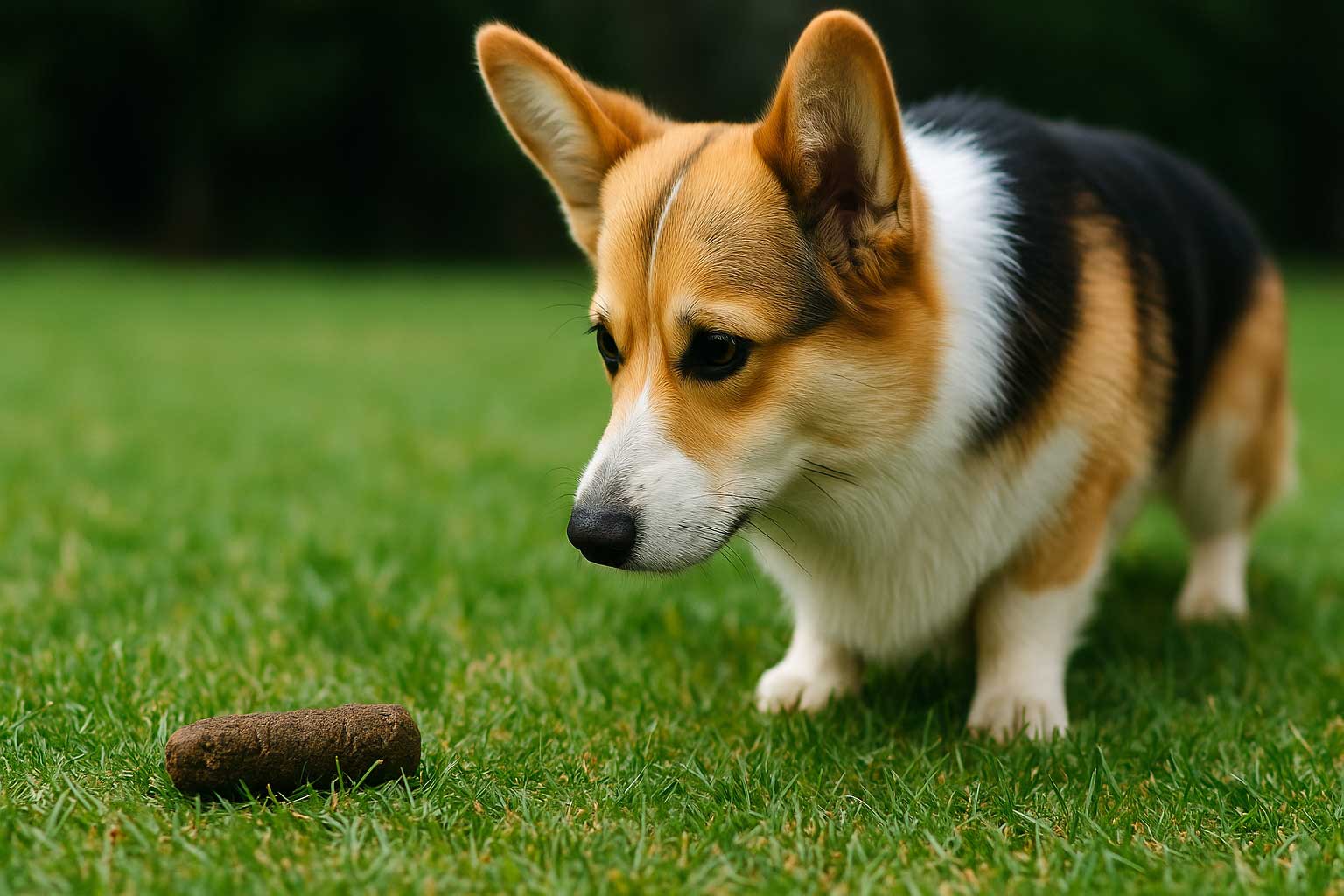
What Your Pet’s Poop Says About Their Food (and Health)
It might not be the most glamorous topic, but your pet’s poop is one of the clearest windows into their health — especially their digestive and nutritional well-being.
Changes in stool can signal everything from poor-quality food to allergies or underlying health issues.
In short: your pet’s poop is trying to tell you something — and it’s time to start listening.
Why Stool Matters
Healthy digestion is a sign of a healthy pet. When their food is working for them, the results show up in consistent, well-formed stools.
When it’s not? The signs are usually easy to spot — if you know what to look for.
Monitoring your dog or cat’s stool regularly can help you:
- Catch dietary sensitivities early
- Adjust nutrition before problems worsen
- Spot signs of illness or digestive imbalance
- Confirm your pet’s diet is actually working
What Does Healthy Pet Poop Look Like?
Here’s what’s considered a “healthy” stool in most pets:
- Color: Chocolate-brown for dogs, dark brown for cats
- Shape: Log-shaped, not too hard or too soft
- Texture: Easy to pick up, but not dry or crumbly
- Frequency: 1–2 times per day (depending on size, age, and diet)
- Smell: Yes, it smells — but it shouldn’t be overwhelmingly foul
Red Flags to Watch For
Unhealthy stools can take many forms. Here’s what may indicate something is off with your pet’s food or health:
1. Loose or Watery Stools (Diarrhea)
May suggest:
- Low-quality food
- Sudden diet changes
- Food intolerance or allergy
- Parasites or infections
2. Hard, Dry Stools (Constipation)
Could be caused by:
- Lack of fiber
- Dehydration
- Over-processed food
- Insufficient fat in the diet
3. Unusual Colors
-Yellow: Possible liver issues or food intolerance
-Green: May indicate eating grass or gastrointestinal upset
-Black or red: Could signal internal bleeding — contact your vet
-Gray or greasy: Often linked to poor fat digestion or pancreas issues
4. Undigested Food in Stool
Might mean:
- Low-quality kibble or raw food
- Malabsorption problems
- Eating too fast or not chewing
What AI Can Tell You That Google Can’t
At FAMMO.ai, our AI doesn’t just look at what food your pet eats — it considers how their body responds.
Our system allows you to:
- Log digestion patterns and stool quality
- Get AI-powered suggestions to adjust nutrition
- Flag ongoing issues for your vet to review
- Tailor meal plans to support optimal digestion
No more guessing. No more endless Google searches. Just actionable insights based on real observations.
Food That Fuels Healthy Digestion
A stool-friendly diet typically includes:
- High-quality, species-appropriate proteins
- Easily digestible carbs and fibers
- Adequate hydration
- Probiotics and digestive enzymes
- Personalized balance based on breed, age, and sensitivities
With AI-powered nutrition, you can build a plan that supports these needs — and monitor the results with confidence.
Final Scoop: Don’t Ignore the Poop
It might seem like a small detail, but your pet’s poop holds valuable information about what’s happening inside.
Whether you’re looking for reassurance or red flags, observing their stool is one of the simplest health checks you can do at home.
Curious if your pet’s food is working for them?
Let FAMMO.ai analyze their profile and help you make data-backed decisions for a healthier, happier pet.